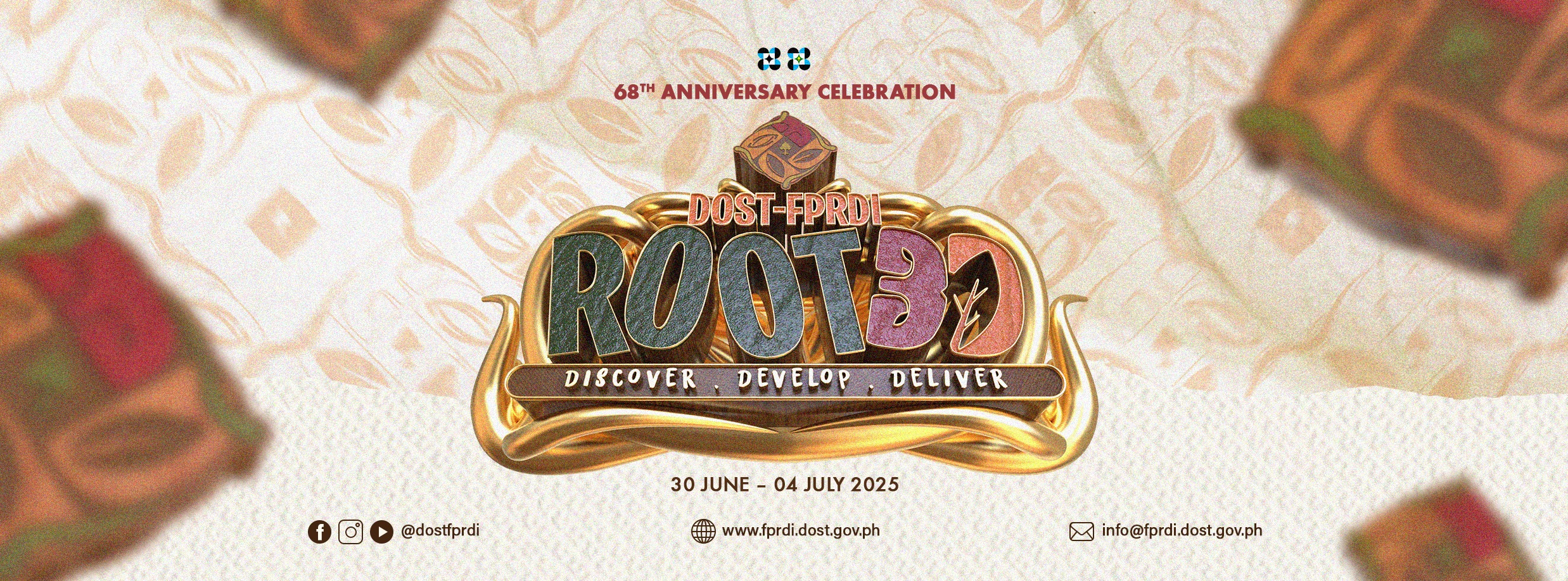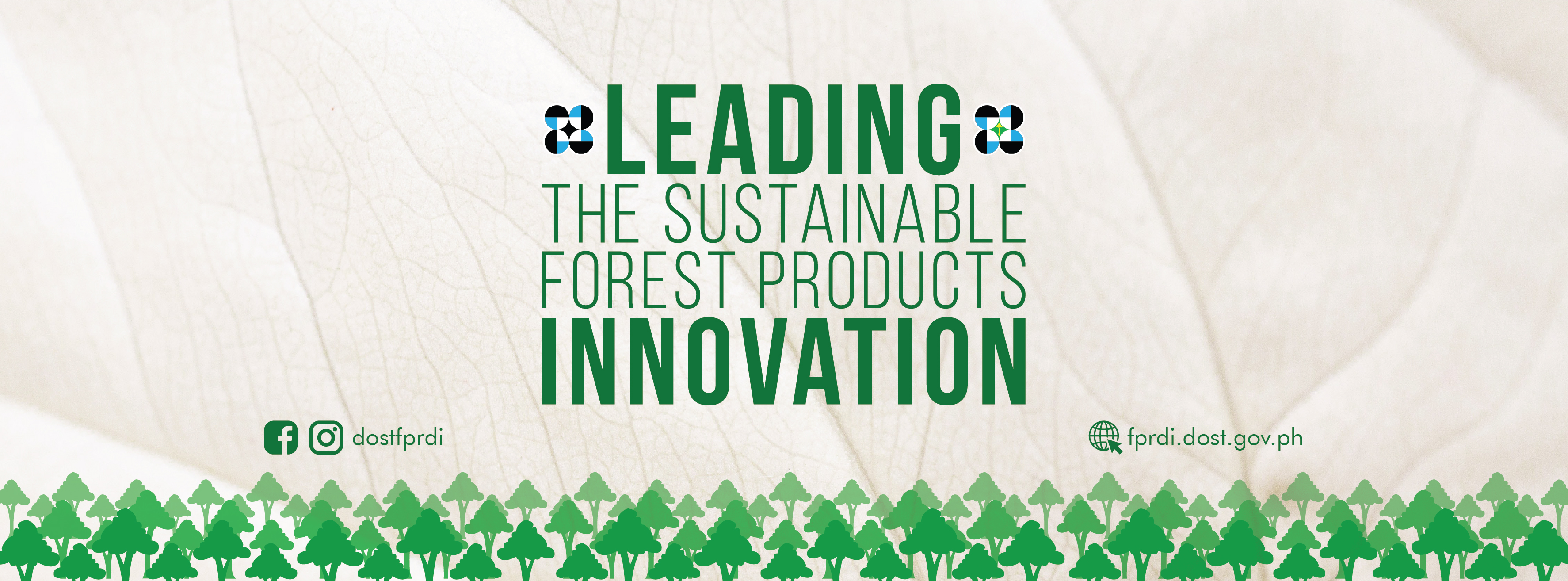Climbing bamboos show promise
February 25, 2013
Did you know that a relatively unknown plant that grows freely in the country’s fields and forests promises to be a good raw material for making handicrafts and furniture parts?
According to the DOST’s FPRDI, various kinds of climbing bamboos may be used as substitute to raw materials commonly used by handicraft and furniture producers -- medium strength wood, rattan, and erect bamboos. First, because climbing bamboos are generally as strong and flexible as these conventional materials, and second, because they thrive in many parts of the country.
Unlike their ‘cousins’, the more popular erect bamboos, climbing bamboos depend on neighboring plants for support while they are growing, and are thinner in diameter. There are 16 species of climbing bamboos found in the Philippines and most of these are utilized for low-end purposes: for fences, trellises, baskets, containers for agricultural crops (‘kaings’), woven mat boards, barbecue sticks, and various farm implements.
Says FPRDI Director Romulo T. Aggangan, “Studies have shown that the usefulness of climbing bamboos can go beyond these. For instance, the Dinochloa species with its thick culms may be a good substitute to rattan. Combined with vines, it can be made into handles for elegant ladies’ bags for export and bent furniture parts. Very flexible and fine-textured bagtok (Cephalostachyum mindorense), on the other hand, seems best for making mats, hats, baskets and furniture parts.”
Adds Dir. Aggangan , “In one handicraft and furniture company in Abra province, one of our researchers reported seeing export quality ladies’ bags, trays and folding chairs and tables handcrafted from the puser (Cyrtochloa fenixii) species of climbing bamboo.”
“We have reason to believe that we have a vast supply of climbing bamboos out there,” he continues. The RP-German Forest Resources Project reported that there were 8.3 million linear meters (lm) of three climbing bamboo species (bikal, bikal babui and bukawe) in the country in 1988. Erect bamboos totaled 2.4 million lm, and rattan, 4.5 million lm. While the latter two raw materials have been exploited in the last 24 years, climbing bamboos have remained untapped and therefore may have increased in volume.”
In recent years, FPRDI has conducted several studies to get to know climbing bamboos better. Researches on the plant’s anatomical, chemical, strength, bleaching, dyeing and bending properties have so far been completed, as well as a resource survey of 16 species in nine provinces. The survey has resulted in a field identification manual which, aside from providing botanical descriptions, also features species’ common names, ecology, distribution and possible uses.
Concludes Dir. Aggangan, “In the future, FPRDI plans to conduct suitability studies that will help our clients take full advantage of climbing bamboos. Finding more important uses for this resource can not only give handicraft and furniture producers an added material to work with. It can also open livelihood opportunities for our forest-based communities. But like in any other natural resource, care must be observed so that our climbing bamboos are used wisely -- not taken for granted and wasted.” (Rizalina K. Araral, 25 February 2013)#











